Spaying and neutering are standard surgical procedures performed on pets to prevent unwanted litters, reduce the risk of certain cancers, and help with behavioral problems, such as roaming. Pets who aren’t spayed or neutered tend to have shorter or unhealthier lives and contribute to the pet overpopulation problem. Our Homestead Animal Hospital team wants to help you understand what to expect before, during, and after the surgery so you can be prepared and ensure a smooth recovery for your furry companion.
What are spaying and neutering procedures?
When your puppy or kitten is spayed or neutered, some or all of their reproductive organs are removed. The procedures entail:
- Spaying (ovariohysterectomy) — This surgery is performed on female cats and dogs and involves the removal of the ovaries and usually the uterus. The procedure prevents pregnancy and can reduce the risk of ovarian and uterine cancers.
- Neutering (castration) — This procedure is performed on male cats and dogs and involves the removal of the testicles. After the surgery, they will be unable to impregnate females, and their risk of testicular cancer and prostate issues will likely be reduced.
Before your pet’s spay or neuter surgery
It’s important to prepare your furry friend for any surgery and follow our team’s preoperative recommendations. The following steps are standard protocol to prep your pet for spay or neuter surgery:
- Consultation — We will schedule an appointment with you to discuss the procedure. Our veterinarian will perform a physical exam and run preoperative blood tests to ensure your pet is healthy enough for anesthesia and surgical procedures. We will also help determine the best age to perform your pet’s procedure.
- Fasting — To reduce the risk of complications from anesthesia, your pet should not eat or drink for eight to 12 hours before surgery. Follow our veterinarian’s specific instructions on when to stop giving your pet food and water.
- Preparation — Before surgery, your pet should be clean and free of any infections or parasites that may cause complications. Prepare a quiet, comfortable place for your pet to rest post-surgery and during recovery, such as moving their bed and bedding, including their crate, to a less-trafficked location in your home.
The day of your pet’s surgery
Now that your four-legged friend is ready for surgery, it’s time for their procedure. The day of the surgery typically goes like this:
- Arrival — It’s important to bring your pet to our clinic at the scheduled time so we don’t encounter delays. Be prepared to fill out any necessary paperwork before releasing your pet to our care.
- Preoperative care — Your pet will receive a preanesthetic exam, and an intravenous catheter may be placed to administer fluids and medications.
- Anesthesia — Your pet will be given general anesthesia, so they are unconscious and pain-free during the surgery.
- Surgery — Our veterinarian will perform the spay or neuter procedure, which typically takes 30 minutes to an hour. The surgical site will be sutured and sometimes covered with a bandage.
After your pet’s surgery
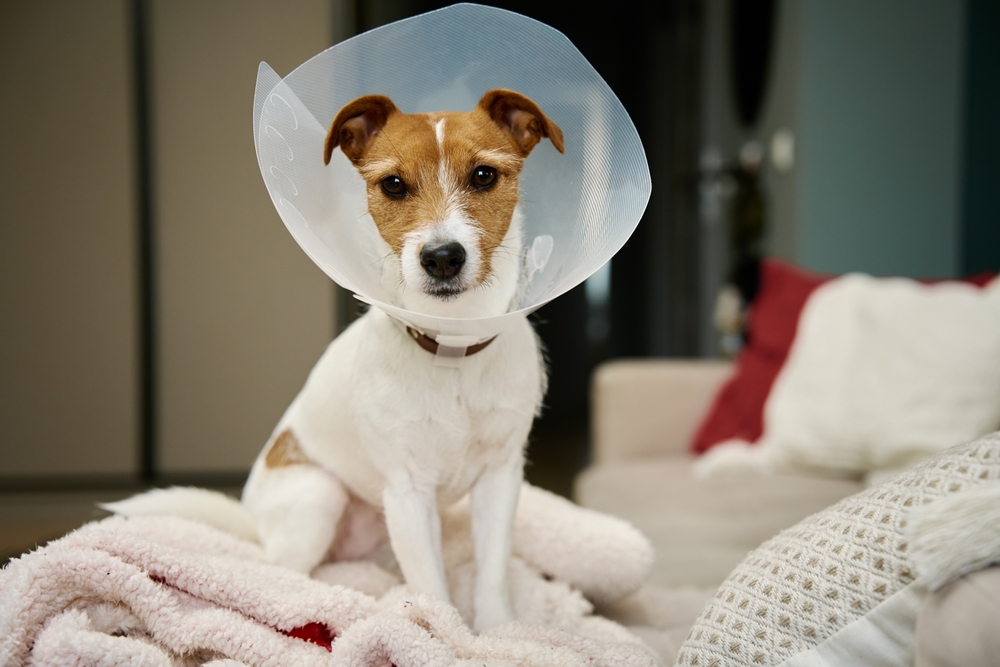
The recovery period after any surgery involves time and rest. Here’s what to expect for at-home care after your furry friend’s procedure:
- Recovery — Once your pet is deemed stable enough, you will be able to take them home, but they may still experience some grogginess and disorientation over the next 24 hours. Lethargy or grogginess is entirely normal after anesthesia.
- Discharge instructions — Our team will provide you with detailed postoperative care instructions. These may include information on giving your pet pain medication, restricting their activity, and monitoring their incision site.
- At-home care — You should keep your pet in a quiet, comfortable space away from other household pets and distractions as they recover. To prevent them from licking or biting the incision site, you may have to put an Elizabethan collar on them.
- Monitor for complications — While spay and neuter surgeries are generally safe, some risks are associated with any surgical procedure, such as infection, bleeding, and reactions to anesthesia (rare). If your pet experiences any complications, contact our team.
- Follow-up — Schedule a follow-up visit with our team so we can check the incision site and ensure proper healing. Our veterinarian may need to remove sutures, or you will receive instructions if they are dissolvable.
Spaying and neutering are essential steps in responsible pet ownership. Understanding what to expect and how to care for your pet before, during, and after the surgery can help ensure a successful procedure and a smooth recovery. Contact our Homestead Animal Hospital team for guidance or a presurgical assessment if you have any concerns or questions.


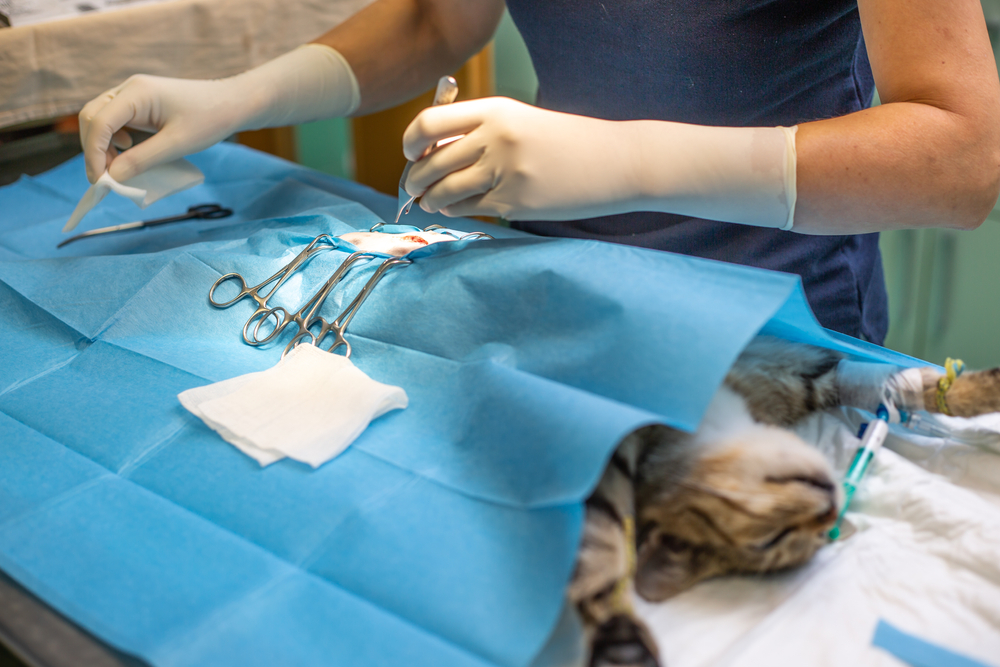
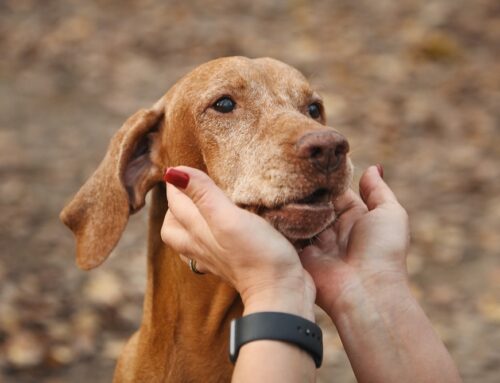
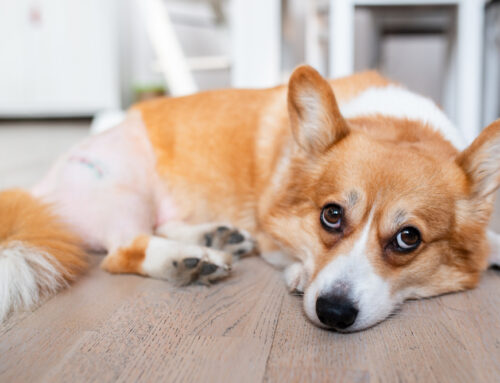
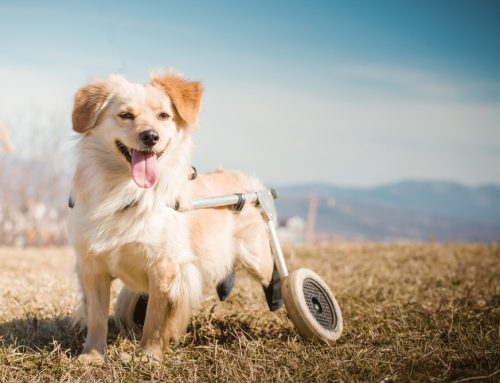
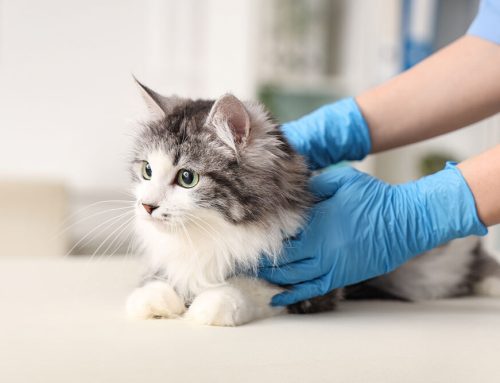









Leave A Comment